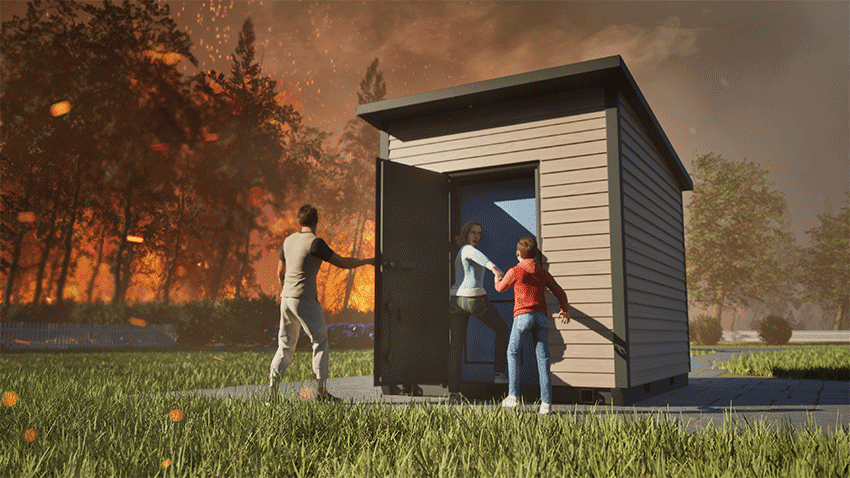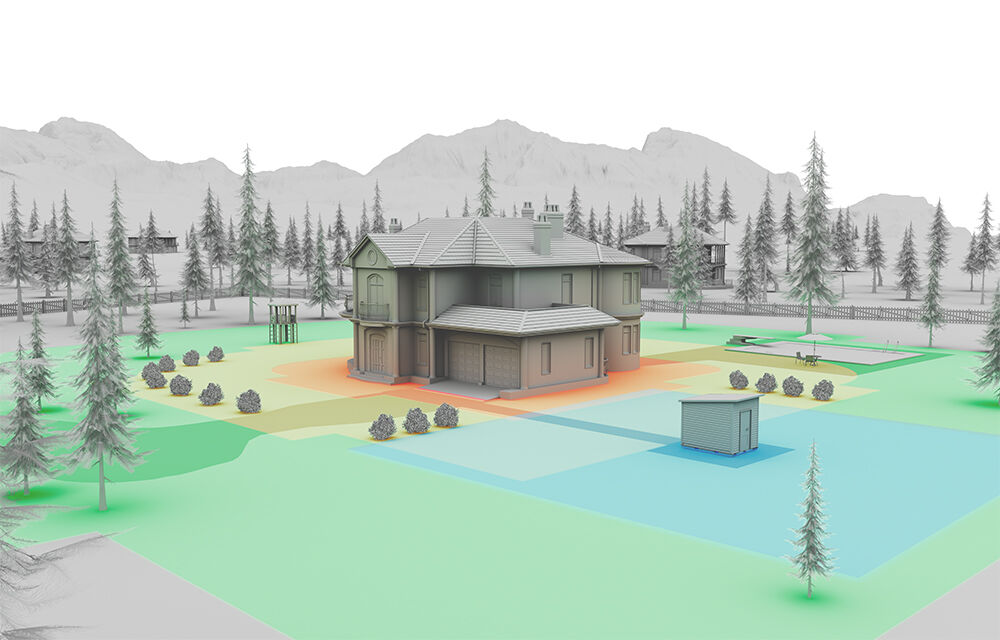How to Use
Fire-resistent Onsite Refuge Technology
How to use your FORT™

When the National Weather Service issues a Red Flag Warning, you should take action because there is an increased risk of fire danger in the area.
If you own a FORT™, place your larger valuables that cannot be carried with you during evacuation into the FORT™. Rest assured that they will survive the fire even if your home does not.
A complete step-by-step instruction manual is provided with the FORT™ and should be used in an emergency
Overview on how to use the FORT™:
- Follow standard procedures for evacuation by collecting your Go Bag, personal electronics, and portable power station if applicable
- Head to your FORT™
- When the doors of the FORT™ are opened, Wildfire Safety Systems will receive a notification
- As the heat and smoke from the approaching fire increase, it is time to enter the FORT™ and close the doors securely
- Turn on the LED light and activate the breathing air by opening the main valves on all the air cylinders
- Remain in the FORT™ until it is safe to exit
- The FORT™ is equipped with a Wi-Fi and cellular repeater to enable the use of personal electronics for communication
To Exit:
- Check the temperature of the internal door by placing the back of your hand on the door, and if it is safe to touch, open it and check the surrounding area using the peephole in the exterior door
- Check the temperature probe on the external door to confirm a safe temperature. You can also place the back of your hand on the exit door to confirm it is safe to touch
- If the outer door is still hot to the touch, use the silicon heat-resistant gloves provided in the FORT™ to open the door
- Slowly open the door to confirm that it is safe to exit the FORT™
- When safe to exit, turn off all air cylinder valves and slowly open the exterior door
- There is a secondary escape at the bottom of the exterior door if necessary

